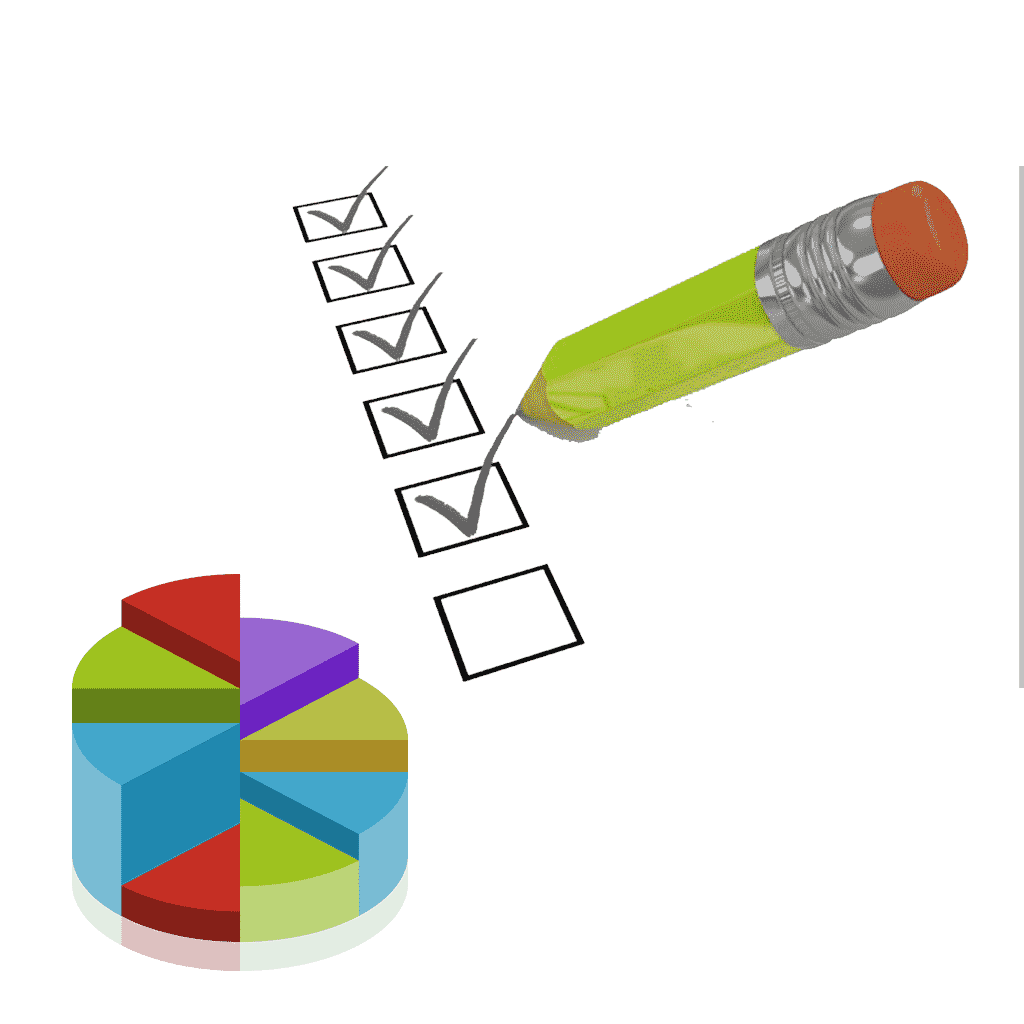What is Organization of Data? Mention various Methods for Organizing Data.
Organization of data means classification, tabulation, graphical presentation and diagrammatic presentation of data. The methods that we use to organize data include classification, tabulation, graphical presentation and diagrammatic presentation.
Classification of data refers to categorization of data. It includes the summary of the frequency of individual scores or ranges of scores for a variable. Data is grouped on the basis of their similarities.
The objectives of classification of data are to present it in a condensed form, to explain its affinities and diversities. Classification of data may be done on the basis of qualitative and quantitative aspects.
Also read | What is Survey Research?
Another method is tabulation of data. It is way to systematically arrange the data in rows and columns. The objective is to simplify the presentation and to facilitate comparisons keeping in view the objectives of the study.
The other technique is graphical presentation. Data is plotted on a pictorial platform formed of horizontal and vertical lines. The purpose is to provide a systematic way of “looking at” and understanding of the data.
Graphs can be polygon, chart or diagram. We can create a graph on two mutually perpendicular lines called the X and Y-axes.
Diagram is also used to present statistical data in simple, readily comprehensible form. Diagrammatic presentation is different form used only for presentation of the data in visual form, whereas graphic presentation of the data can be used for further analysis.
Also read | What is Tabulation of Data?
There are different forms of diagrams e.g., Bar diagram, Sub-divided bar diagram, Multiple bar diagram, Pie diagram and Pictogram.
After data is collected, classified and organized it is not always possible to mention every piece of data in a report.
Instead the researcher summarizes data by describing the whole data set using just a few numbers. Summarizing data also makes it easier to analyze the data later.



